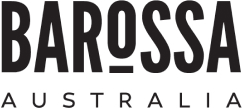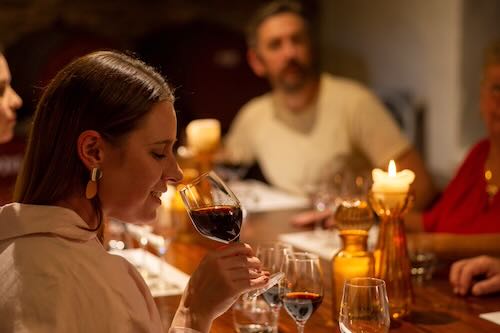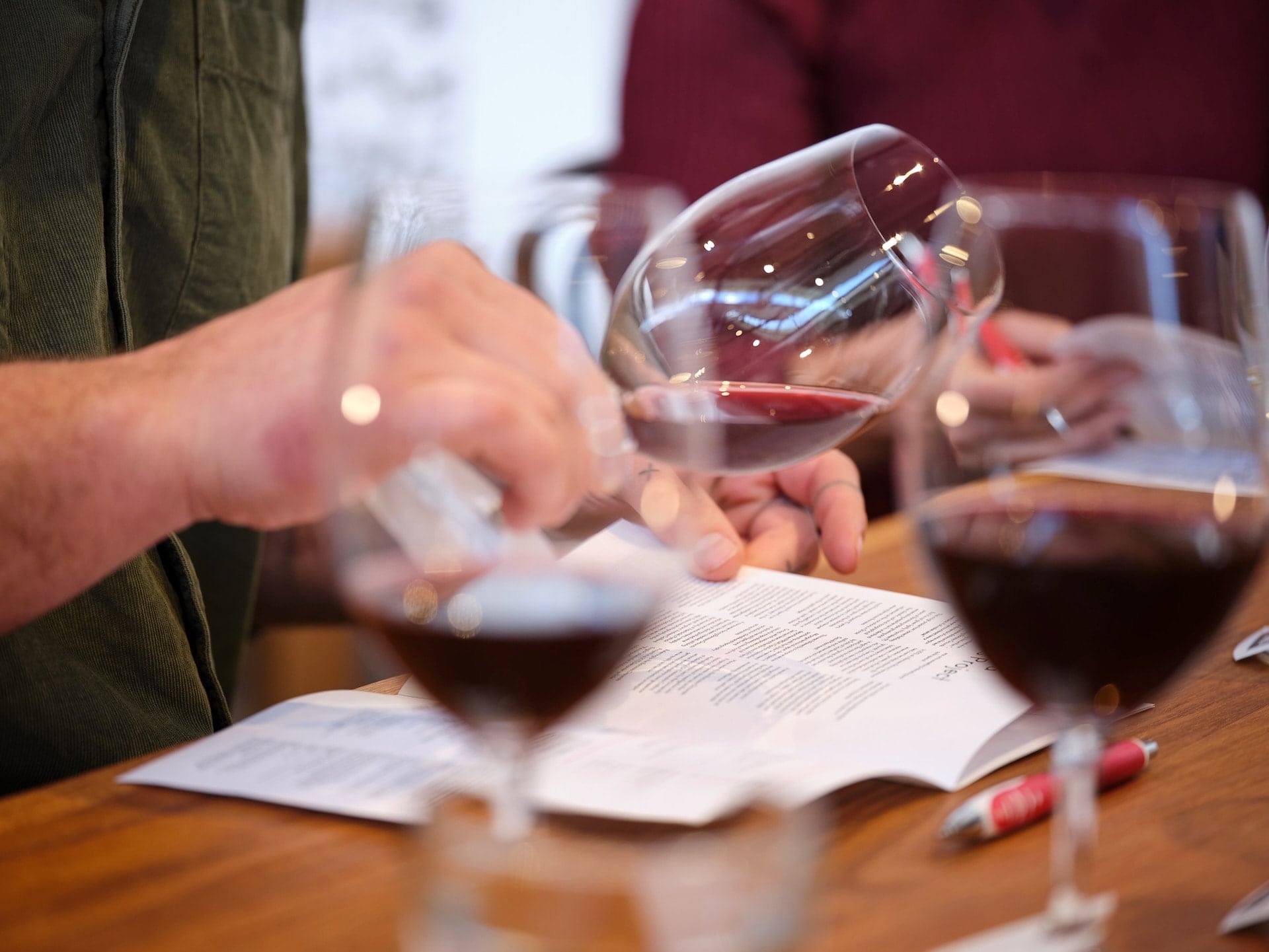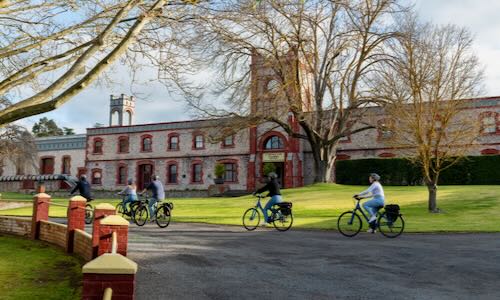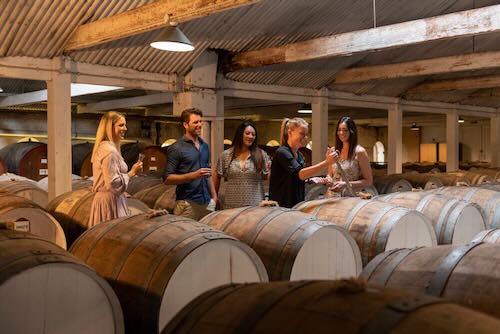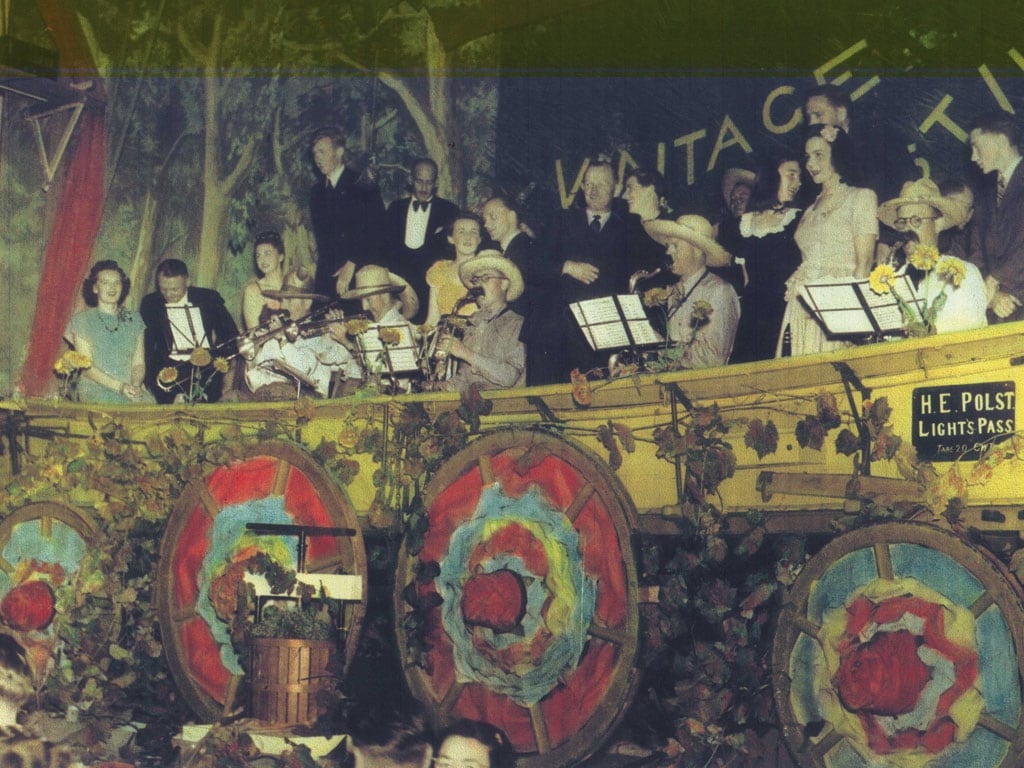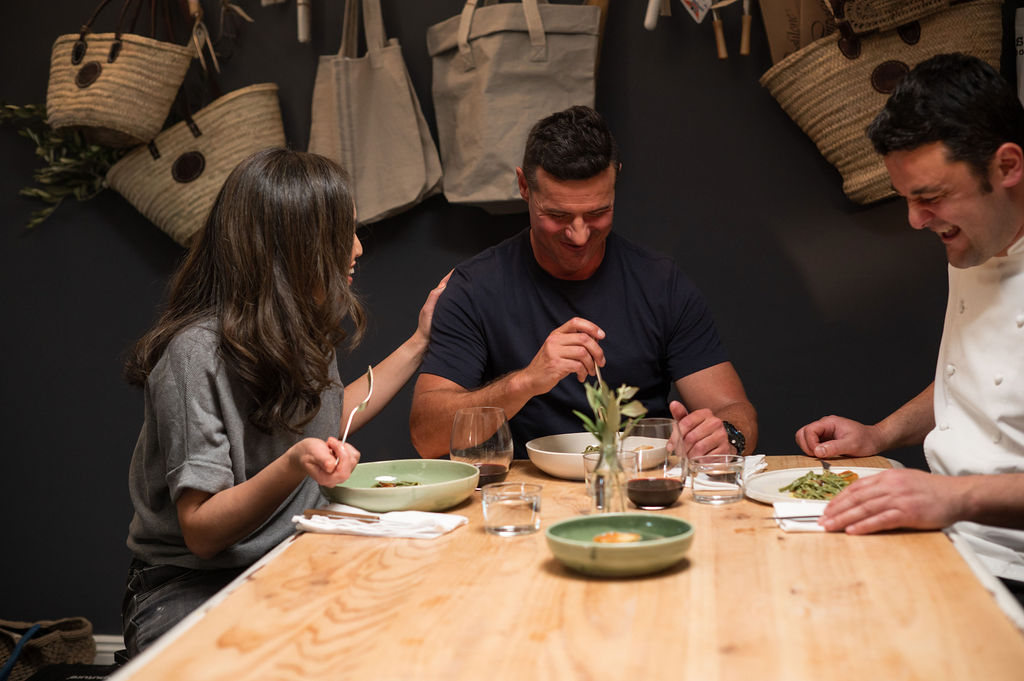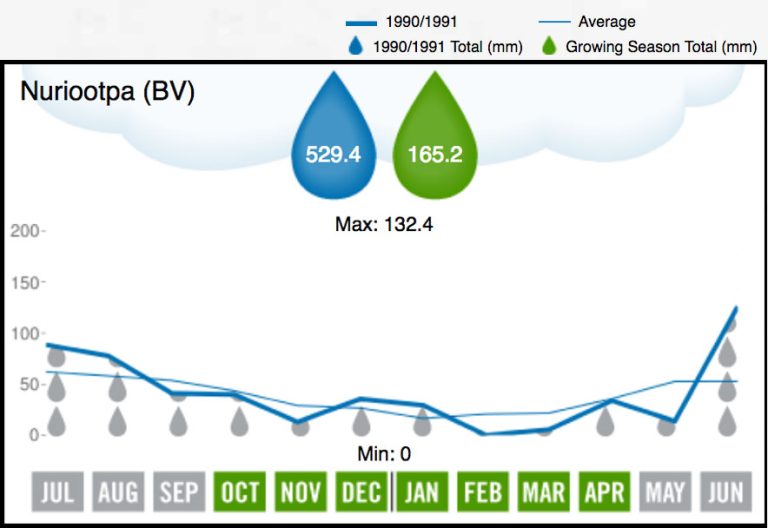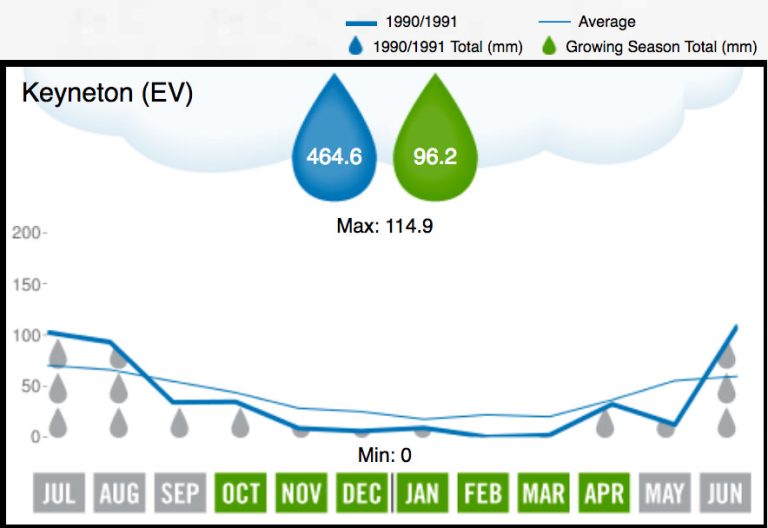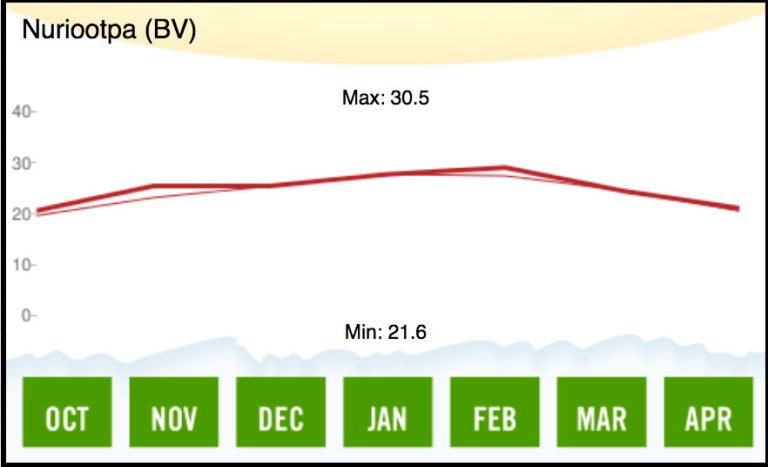Summary
A relatively warm, dry growing season with warmer temperatures in January led to an early, dry vintage with slightly lower yields but very rich, exceptional red wines, particularly in the Eden Valley.
In 1991 there were 5,747 hectares of vineyards in Barossa and 46,911 tonnes of wine grapes were crushed in that vintage.
Highlights
Australia – and the Barossa – was now firmly export focused with a boom in demand from the United Kingdom. Orlando’s Jacob’s Creek became the UK’s biggest selling wine.
In the wineries and vineyards of the Barossa this improved cash flow, heralding a period of modernisation and development. Winemakers looked to methods of objectively measuring grape quality and flavour and experimented with American and French barrel fermentation and oak maturation.
Chateau Leonay cellar door was closed and winemakers including John Vickery retrenched or transferred to Penfolds, Nuriootpa.
Grapegrowers learnt about sustainable vineyard management through irrigation monitoring and canopy management.
A Farm Practice Certificate course was established at TAFE to train vineyard workers and future vineyard owners.
The Orlando Wyndham Group was formed.
NSW based Miranda Wines purchased the Liebich family’s Rovalley winery at Rowland Flat.
The Grape and Wine Research and Development Corporation was established by a Federal Act of Parliament, replacing the Grape and Wine Research Council. Its mission was to identify R&D needs and provide funding to enhance Australia’s international competitiveness as an innovative winemaking nation.
Honourboard
Vigneron of the Year – Ken Semmler
Sources
SA Wine Grape Crush Survey, Vinehealth Australia and ‘Barossa Vintages: a wine history from 1842’, Peter Fuller

